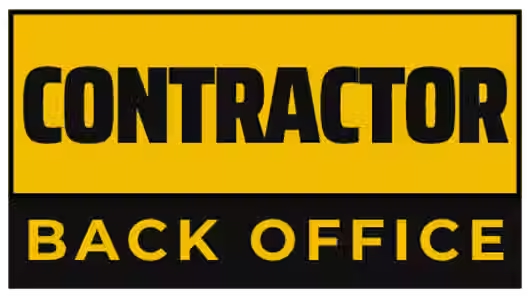Land Clearing Business Plan: Step-by-Step Guide for Success
- Nate Jones
- Aug 27
- 2 min read
Starting a land clearing business can be a profitable venture, but success begins with a solid business plan. A well-structured plan helps you secure financing, set realistic goals, and create a roadmap for growth.

In this guide, we’ll walk through the key components of a land clearing business plan, plus tips on marketing your services and protecting your business with the right insurance.
Why You Need a Business Plan
A business plan is more than a document—it’s your blueprint for success. It helps you:
Define your services and target market
Estimate startup costs and revenue projections
Identify risks and mitigation strategies
Attract investors or secure loans
Step 1: Executive Summary
Summarize your business concept, services, and goals. Include:
Business name and location
Mission statement
Overview of services (residential, commercial, forestry)
Step 2: Market Analysis
Research your local market:
Who are your competitors?
What services are in demand?
What pricing strategies work in your area?
Step 3: Services and Pricing
Detail the services you’ll offer:
Tree and stump removal
Brush clearing
Grading and excavation
Hauling and disposal
Include your pricing model—hourly, per acre, or project-based
Step 4: Equipment and Startup Costs
List the equipment you need and estimated costs:
Bulldozers
Excavators
Skid steers
Forestry mulchers
Chainsaws and safety gear
Check out our blog: Essential Equipment Needed to Start a Land Clearing Business
Step 5: Marketing Strategy
Your marketing plan should include:
Local SEO to rank on Google
Social media marketing with before-and-after photos
Networking with builders and developers
Need Help with Marketing, Website, and SEO?
Your online presence is critical for attracting clients. That’s where Contractor Back Office comes in. We provide:
Website design and management for contractors
SEO services to help you rank for local searches
Lead generation systems to keep your schedule full
👉 Click here to learn more about Contractor Back Office and start growing your business today.
Step 6: Financial Plan
Include:
Startup costs
Monthly operating expenses
Revenue projections
Break-even analysis
Step 7: Risk Management
Land clearing involves heavy equipment and liability risks. At Excavating Insurance Partners, we specialize in insurance for excavation and land clearing contractors. Get a free quote today to protect your business.
Final Thoughts
A strong business plan sets the foundation for a successful land clearing business. Combine smart planning with effective marketing and proper insurance coverage to build a profitable operation.






Comments